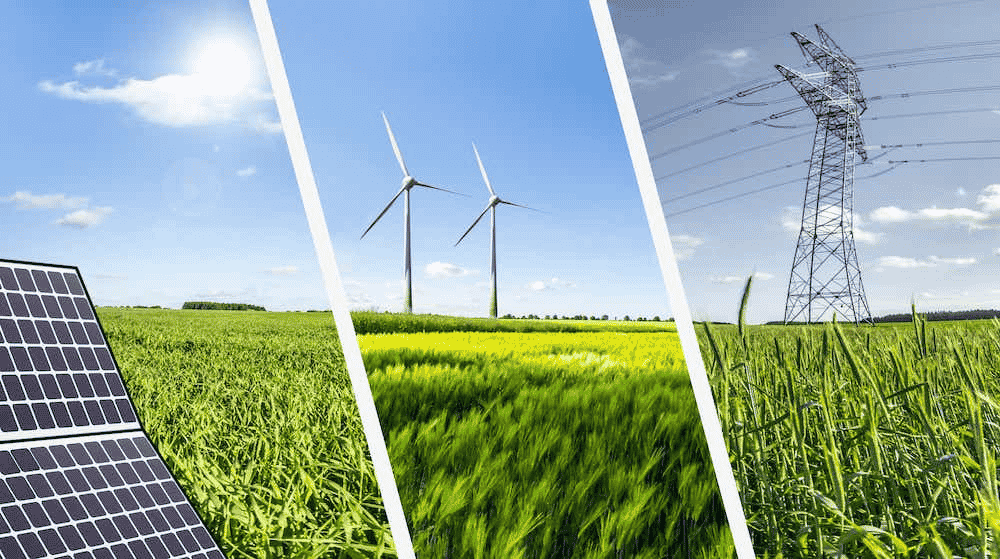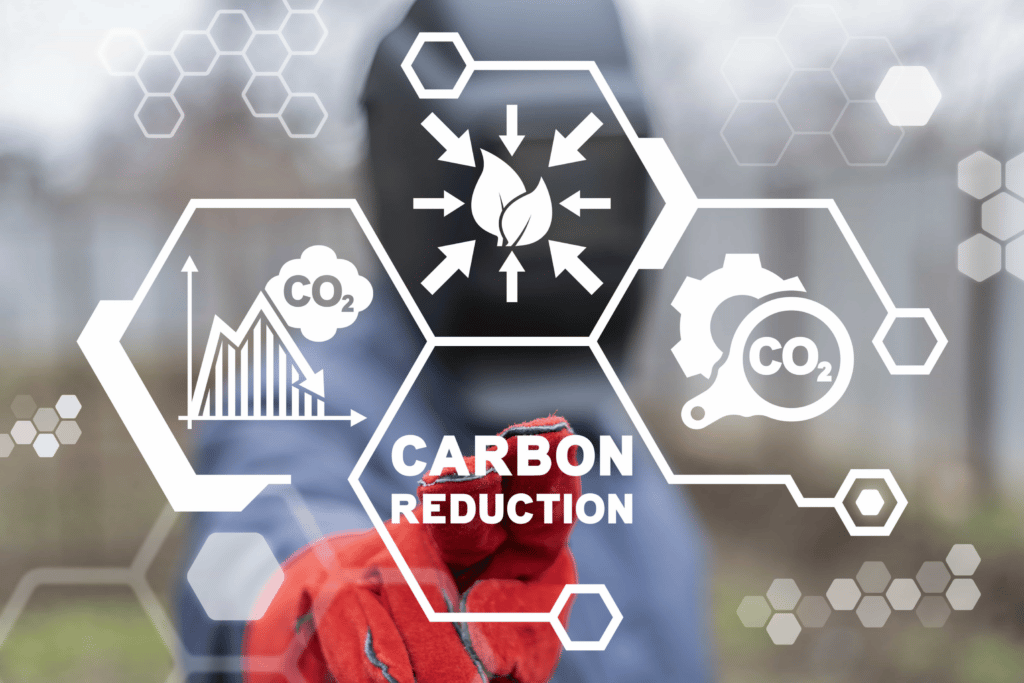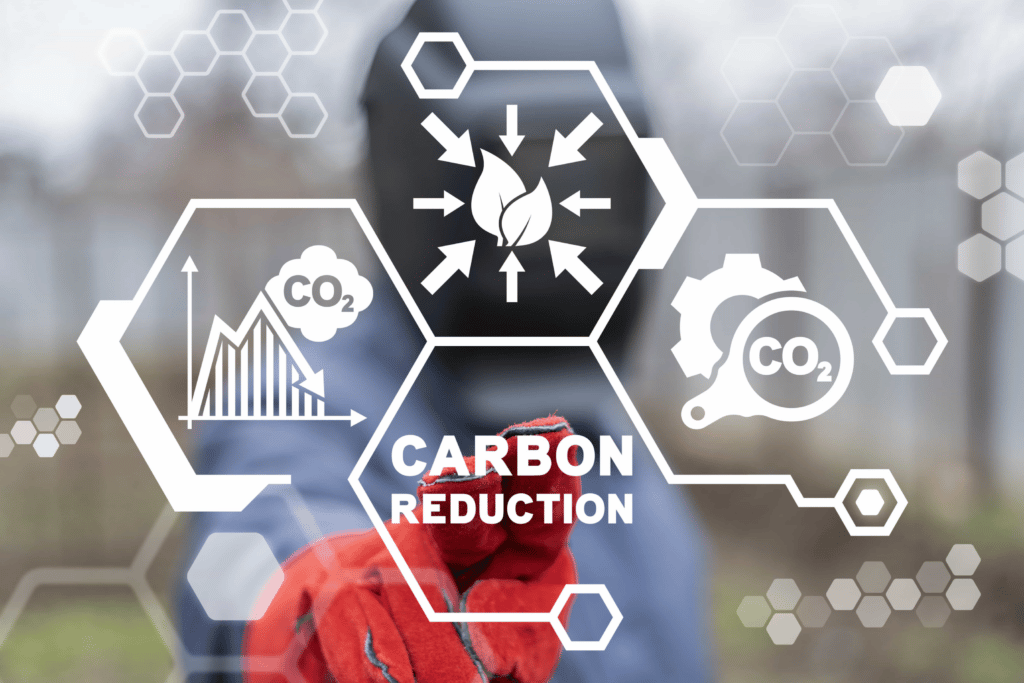What is the SECR and how does it relate to carbon footprint reporting?
Compliance with the SECR was required from April 1, 2019, as it replaced the Carbon Reduction Commitment (CRC) and the Energy Efficiency Scheme. The legislation compelled around 11,900 UK-incorporated businesses to report their energy and carbon outputs, which was a major increase from the CRC’s requirement of 900.
SECR supplements many existing rules, including:
- mandatory greenhouse gas (GHG) reporting for public companies
- the Energy Saving Opportunity Scheme (ESOS)
- the Climate Change Agreements (CCA) scheme
- the EU Emission Trading Scheme
What is the purpose of SECR?
The SECR was introduced to maximise the benefits of carbon and energy reporting by bringing more business into scope. The reporting framework was designed to encourage businesses to implement energy efficiency efforts in order to cut costs, increase productivity, and reduce carbon emissions, thereby countering climate change.
SECR is closely aligned with the the Financial Stability Board’s Taskforce on Climate-Related Financial Disclosures, more commonly known by its acronym, the SFDR. This scheme was intended by the G20 nations as a means of giving critical information to investors and other financial participants to aid them in negotiating the transition to a sustainable, low-carbon economy.
Who is required to adhere to the SECR framework?
Companies are required to comply unless they are exempted. For example, all publicly traded companies, regardless of size, that are currently required to declare GHG output, and unquoted UK-incorporated businesses that meet the ‘large’ threshold set forth in the Companies Act 2006 will be subject to extra reporting requirements, as are “big” Limited Liability Partnerships
The requirements stipulate that companies must comply with reporting if they meet any two of the following criteria:
- Revenues in excess of £36 million,
- a financial balance sheet of £18 million,
- 250 employees or more.
Interestingly, public entities are exempt from the new requirements, but they are still subject to current laws that require them to disclose their carbon emissions. It is particularly important, to note that charities, not-for-profit entities, and other public bodies (such as universities, academies, and NHS Trusts) must determine whether or not they meet the requirements outlined above.
Also noteworthy, is that businesses in the private sector which are not covered by the new standards are ‘strongly advised’ to self-report.







